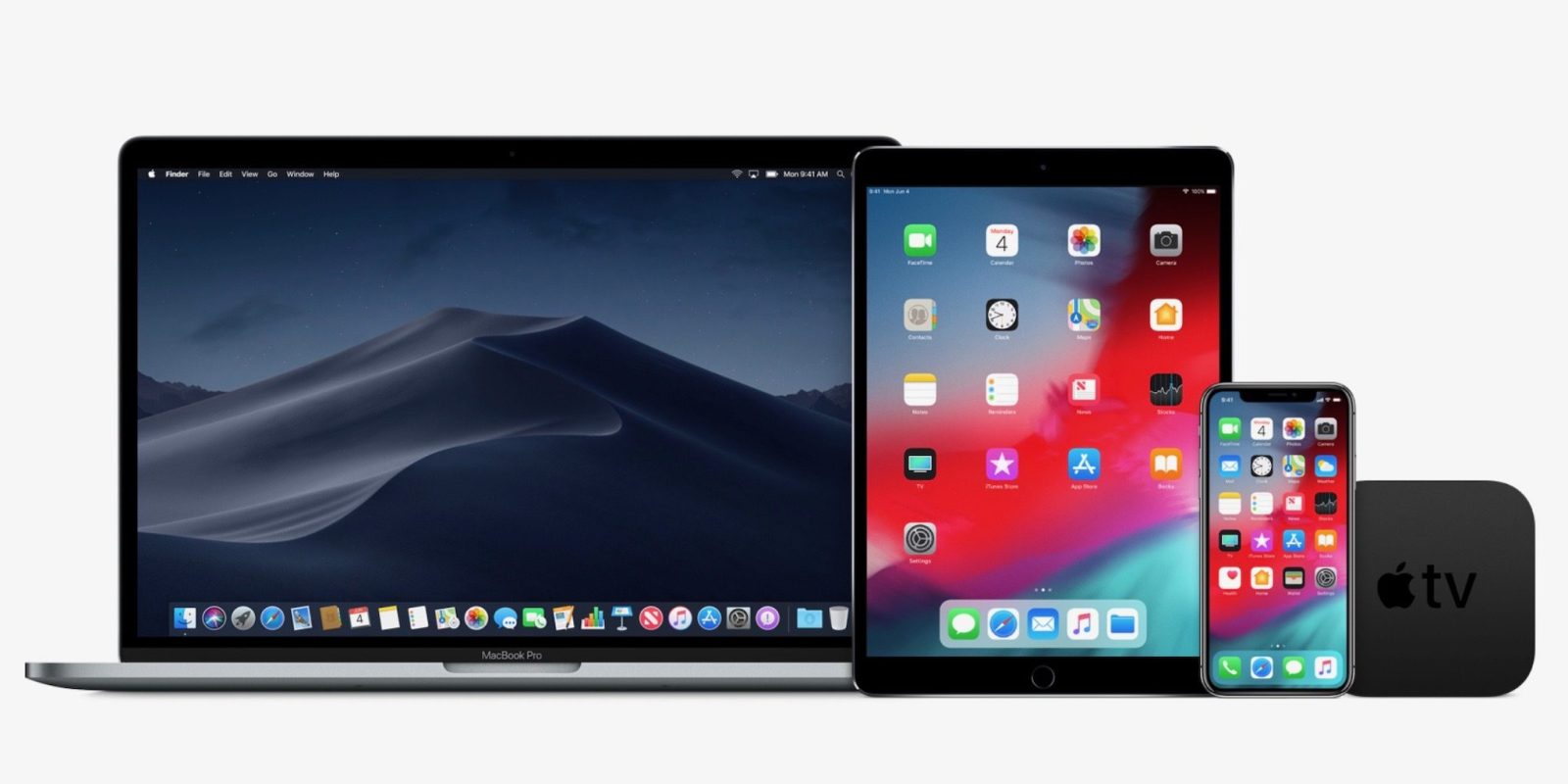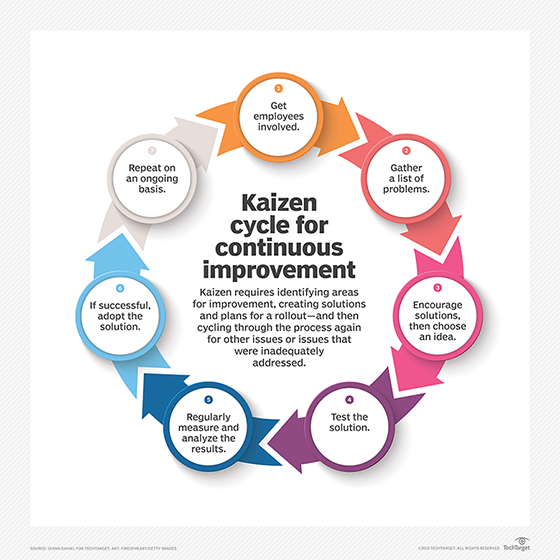Anthropometrics
Essential idea: Designers consider anthropometrics to ensure products meet ergonomic needs.
Design is human centered and, therefore, designers need to ensure that the products they design are the right size for the user and therefore comfortable to use. Designers have access to data and drawings, which state measurements of human beings of all ages and sizes. Designers need to consider how users will interact with the product or service. Use and misuse is an important consideration.
Human Factors
The term Human Factors is used for the combination of ergonomics and anthropometrics. Human Factors is also known as comfort design, functional design, and user-friendly sytems, is the practice of designing products, systems, or processes to take proper account of the interaction between them and the people that use them.
Human Factors aims to:
- Reduce stress and fatigue on people, as they will be able to do things faster, more easily, more safely and make less mistakes (reduced errors)
- Increases safety
- Increase ease of use
- Enhance operational comfort
- Improve system performance, reliability and maintenance
 |
| Using anthropometrics to design ergonomic products |
Anthropometric data: static and dynamic data, structural and functional data
Anthropometrics is the study of the different sizes of people. Knowing the sizes of people and their body parts aids designers in the development of products and spaces which are comfortable or adjustable and increases the ease of use.
Design is human/user centered so designers need to ensure that the products they design are the right size for the user and comfortable to use.
Anthropometric data can be presented as a percentile range graph (bell shape curve) which shows the proportion of the population with a particular dimension:
ANTHROPOMETRICS DEFINITION
The aspect of ergonomics that deals with body measurements, particularly those of size, strength and physical capacity.
Sub-classifications of anthropometric data:
- Static Data
Static data refers to measurements taken while the subject is in a fixed or standard position, for example their height, or arm length. - Dynamic Data
Also known as functional data, dynamic data refers to measurements taken during physical activities, for example their crawling height, overhead reach, and a range of upper body movements.
Primary Data vs. Secondary Data
Percentiles and Percentile Ranges
Percentile ranges are proportions of a population with a dimension at or less than a given value. For a given demographic (gender, race, age), the 50th percentile is the average.

The 5th percentile mark is the point below which 5% of the population is represented on the graph.
At the end of the scale, if you were designing an airplane cockpit, and needed to make sure everyone could reach a particular control, you would need to choose the 5th percentile arm length, because the people with the short arms are the most challenging to design for. If they could reach the control, then everyone else, with longer arms, would be able to.
The 95th percentile mark is similarly the point above which the tallest 5% of the population are represented.
Usually you will find that if you pick the right percentile 95% of the people will be able to use your design. For instance if you were choosing a door height, you would choose the dimension often known as the stature, and pick the 95% percentile value in other words design for the taller people. You would not need to worry about the average height or the 5th percentile one as they would be able to fit through the door anyway.
Range of Sizes vs. Adjustability
Products are designed to allow a variety of users to be able to access and use. This may be based around the idea of provides a range of sizes or the product is adjustable to accommodate different users.
Range of sizes: A selection of sizes a product is made in that caters for the majority of a market.
For example, clothing comes in a range of sizes. For manufacturers to make clothing fit, every individual variance would not be economically possible, thus it tends to come in a range of sizes based on percentile ranges.
Adjustability: The ability of a product to be changed in size, commonly used to increase the range of percentiles that a product is appropriate for.
Multivariate accommodation (fitting in several variables, for example, in a car you need to fit in terms of sitting height, leg room, arm reach, viewing angles, hip breadth, thigh length) means that accepting 5% being designed out for each important dimension is not viable, because different people will be designed out for each variable.
People have different proportions. Those designed out because they are too tall may not be the same as those designed out because their arm reach is too short.
Clearance, Reach, and Adjustability
Clearance
Sometimes people or machines have to move through or work in restricted areas, for example, maintenance work. Clearance provides access for the 95th percentile, and is considered in ubiquitous amenities such as a service cover or emergency exits.
Reach
Reach is also known as the workspace envelope. A workspace envelope is a 3-dimensional space within which you can carry out physical work activities when you are at a fixed location.
 |
| Should be designed for the 5th percentile of the user population |
Designing through context: Aims in design











